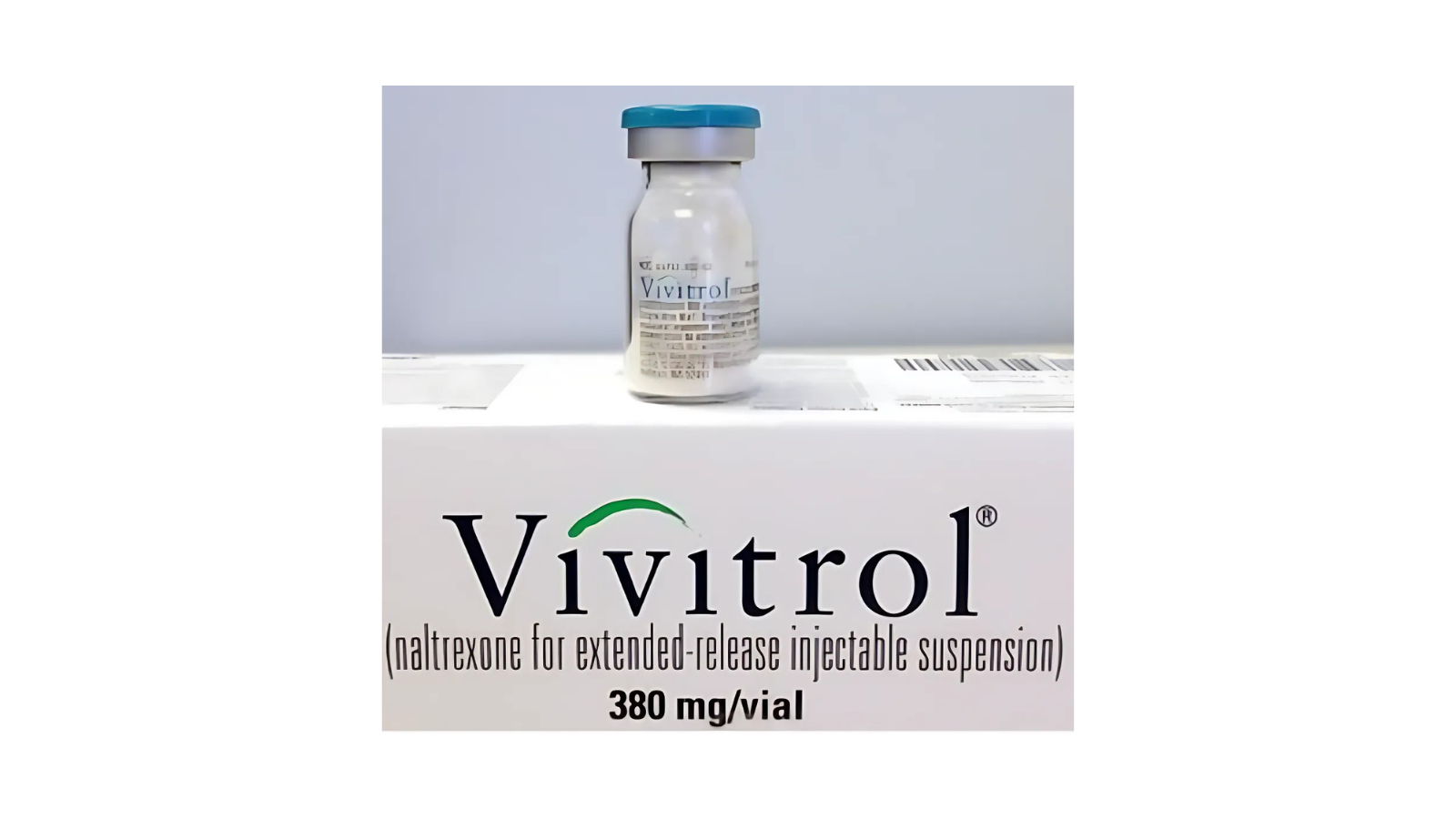
You may be familiar with the word “alcoholism” but not the term “alcohol use disorder.”
“The words we use matter. The way patients and physicians think about substance use disorders is different,” says Lauren Shapiro MD, Associate Professor of Medicine, Icahn School of Medicine and Associate Chief of General Internal Medicine at Mount Sinai West / Mount Sinai Morningside. “Alcohol use disorder says that you’re using this substance inappropriately, without judgment behind it. It’s a treatable problem, like hypertension or diabetes.”
Dr. Shapiro oversees Ryan Health’s resident physicians in the Medication Assisted Treatment (MAT) program. That program deals with substance use disorders, like opioid addiction, and alcohol use disorder.
“We have this picture of people who drink all the time from TV in the 1960s and 70s. The attitude was, ‘Well, that’s just who they are,” she says. “But that’s not fair. Couching problem drinking in the language and thought of addiction medicine helps you think about it as a treatable medical problem. We can approach it like we do other chronic diseases.”
Alcohol use disorder is different for everyone, although it is generally recognized when it starts to affect your life negatively, you want to cut back or stop but can’t, and you need more of it to feel the same. You start to have withdrawal symptoms if you try to stop or cut down. You could have social or financial problems. There are often physiological effects, like cravings, withdrawal symptoms, or other signs of physical dependency.
The elements generally include:
- wanting alcohol,
- recognizing negative effects but still using it, and
- having harmful results from a health or social perspective.
More than 8,000 New Yorkers die prematurely each year due to excessive alcohol use, according to the New York State Department of Health. Dr. Shapiro believes the number is actually higher due to the indirect effect alcohol can have. For instance, she notes that alcohol has been classified by the national cancer institute as a carcinogen, and is related to breast cancer in women, and colorectal, head and neck, liver and esophageal cancers in everyone. Or it may contribute to liver failure yet not be listed as the official cause of death.
Medication Solutions
There are medications that can address alcohol use disorder, but that is just one part of the solution.
“Many people with alcohol use disorder have lives that center around alcohol,” Dr. Shapiro says. “The places they go, the people they know, the things that bring them joy. Medications can impact their cravings, but we also need physiological and social help around it too. Both parts are important and one without the other will lead to failure.”
She says that counseling is important. That could be in a program or just continued conversations during primary care visits.
“We need to help patients meet their goals, and one of our goals is to keep them in care,” she says. “If they can cut down their drinking maybe we can get them to abstinence. Every time we get to see them, we can talk about their drinking and their goals. Over time we can hopefully get them to a healthier place.”
Medications are effective. Naltrexone is a once daily pill that addresses alcohol use disorder. It can decrease drinking by about one-half in most patients. It’s usually the place doctors start with alcohol medications to be sure patients can tolerate it. There are several other pill medications too.
“Naltrexone is easy to use and doesn’t interfere with other medications except those dealing with opioid addiction,” she says. “There are no ‘magic pills’ with addiction. Medications are important but they’re not a panacea.”
By contrast, Vivitrol is a monthly injection to treat alcohol use disorder. Like Naltrexone, Vivitrol will lessen cravings for alcohol. There could be side effects for both medications, but some people prefer the monthly shot over remembering to take a pill every day. Some patients are introduced to Vivitrol during a hospital stay for alcohol use disorder. Both pills and the injectable have positives and negatives, and the choice is generally up to the patient.
Regardless of which medication option patients choose, the focus is on cutting down their alcohol cravings.
“Alcohol use disorder is not a failure of you as a human,” Dr. Shapiro says. “It’s a chronic disease that people deal with all their lives, like hypertension. The stigma around it keeps people from getting help. They think they should do it themselves or white knuckle their way through it. I wish people understood how hard it is to do that by themselves. We have medications and other therapies that can help the process.”
———
If you have concerns about your alcohol consumption, speak to your primary care provider to see if one of these medications may be right for you. You can make an appointment using our Online Scheduler or by calling 212-749-1820.
Resources
The Centers for Disease Control (CDC) has an interactive tool for you to check your alcohol use. It only takes 5-10 minutes to complete and will give you a personalized plan if you want to drink less.
Check Your Drinking Interactive Tool
The National Institute on Alcohol Abuse and Alcoholism’s (NIAAA) Rethinking Drinking Website has info about alcohol use and info to help you explore if you have Alcohol Use Disorder.